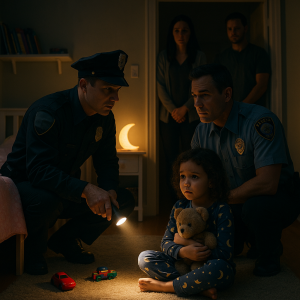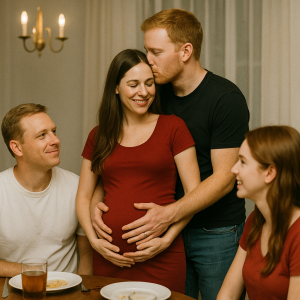Ever rolled over in the middle of the night to find your partner’s back facing you and wondered if it meant something more than just getting comfortable? You’re not alone in that moment of doubt. The way we position ourselves during sleep turns out to be a fascinating window into our relationships—though perhaps not in the ways you might expect.
Scientific studies continue to reveal that our nighttime habits offer genuine insights into the health and dynamics of our partnerships. While catching quality sleep remains the ultimate goal for functioning during daylight hours, the positions we naturally gravitate toward can unveil subtle psychological and emotional patterns we might not even realize exist.
The benefits of sharing a bed with someone you love extend far beyond splitting the mortgage. Relationship experts consistently find that co-sleeping partners experience stronger emotional bonds, lower stress levels, better temperature regulation, and improved sleep quality overall. There’s something deeply comforting about having another heartbeat nearby as we drift into unconsciousness.
But when you discover your partner consistently turned away from you night after night, it’s natural to wonder: are they pulling away emotionally, or is there a simpler explanation?
The Comfort Factor: Sometimes a Back is Just a Back
Before your mind races to relationship red flags, consider the most straightforward possibility: pure physical comfort. Many people discover that sleeping on their side, facing away from their partner, simply feels better for their body mechanics. Perhaps they need extra breathing room, prefer cooler air circulation, or have found that particular position alleviates pressure points or back strain.
Sleep medicine expert Dr. Rebecca Robbins emphasizes that we all have individualized sleep preferences developed over years of trial and error. Someone turning away during sleep doesn’t automatically signal emotional withdrawal. However, she notes that sudden changes in long-established sleeping patterns could indicate stress or shifts in relationship dynamics worth exploring.
The key distinction lies in recognizing patterns versus isolated incidents. Has your partner always been a side sleeper who faces outward, or is this a recent development that coincided with other relationship changes?
The Psychology Behind Back-to-Back Sleeping
Interestingly, couples who maintain this sleeping arrangement often demonstrate some of the healthiest relationship dynamics. Rather than indicating distance or disconnection, the back-to-back position frequently reflects a secure attachment style where both partners feel confident in their bond while maintaining individual comfort and space.
Relationship psychology expert Corinne Sweet offers a refreshing perspective on this arrangement, describing it as evidence that “couples are both connected and secure in their own identities.” She interprets this positioning as demonstrating both intimacy and healthy independence—a balance many relationships strive to achieve.
This sleeping style, which sleep researchers have dubbed “Liberty,” represents one of the most prevalent couple sleeping positions. Statistics show that approximately 28% of couples naturally adopt this back-to-back arrangement, making it far more common than the face-to-face cuddling scenarios often portrayed in movies.
What This Position Actually Reveals
The Liberty position tells a story of partnership maturity. Couples who sleep this way typically feel secure enough in their relationship to prioritize individual comfort without interpreting it as rejection. They’ve learned to distinguish between physical needs and emotional needs, understanding that good sleep benefits the entire relationship.
This arrangement often indicates that both partners have moved beyond the stage of needing constant physical reassurance. Instead of viewing turned backs as barriers, they represent a form of companionable independence—being together while allowing space for individual rest and recovery.
When to Pay Attention vs. When to Relax
The crucial factor isn’t the position itself, but rather any dramatic changes in established patterns. If someone who typically sleeps facing you suddenly starts turning away consistently, especially alongside other behavioral changes, it might warrant a gentle conversation about stress levels or relationship concerns.
However, if back-to-back sleeping has been your norm, or if it developed gradually as you both discovered your optimal comfort zones, there’s likely nothing concerning about this arrangement. Many couples report their best sleep quality comes from this position, which ultimately supports relationship health through better rest and mood regulation.
The Bigger Picture of Sleep and Love
Rather than fixating on specific positions, relationship experts suggest paying attention to the overall sleep environment you create together. Do you both feel comfortable expressing your sleep preferences? Can you communicate about temperature, space, or schedule needs without defensiveness? These conversations matter more than which direction you’re facing.
Quality sleep supports emotional regulation, patience, and communication skills—all essential ingredients for relationship success. Sometimes the most loving thing partners can do is ensure they both get excellent rest, even if that means sleeping in ways that prioritize comfort over constant contact.
The next time you notice your partner’s back turned toward you, consider it a sign of trust rather than distance. They feel secure enough to sleep in their most comfortable position, confident that your connection transcends nighttime logistics. And honestly, that’s pretty beautiful when you think about it.





